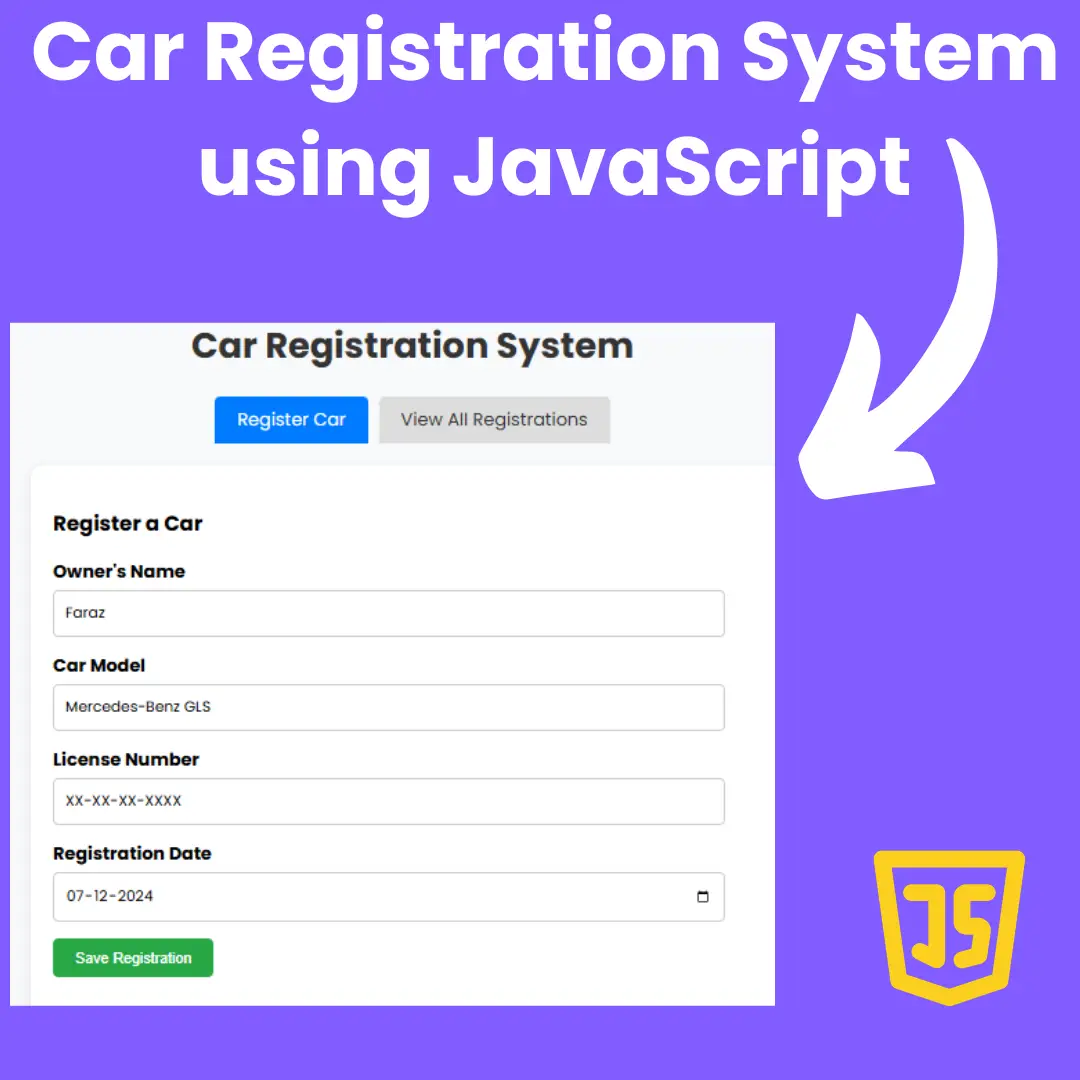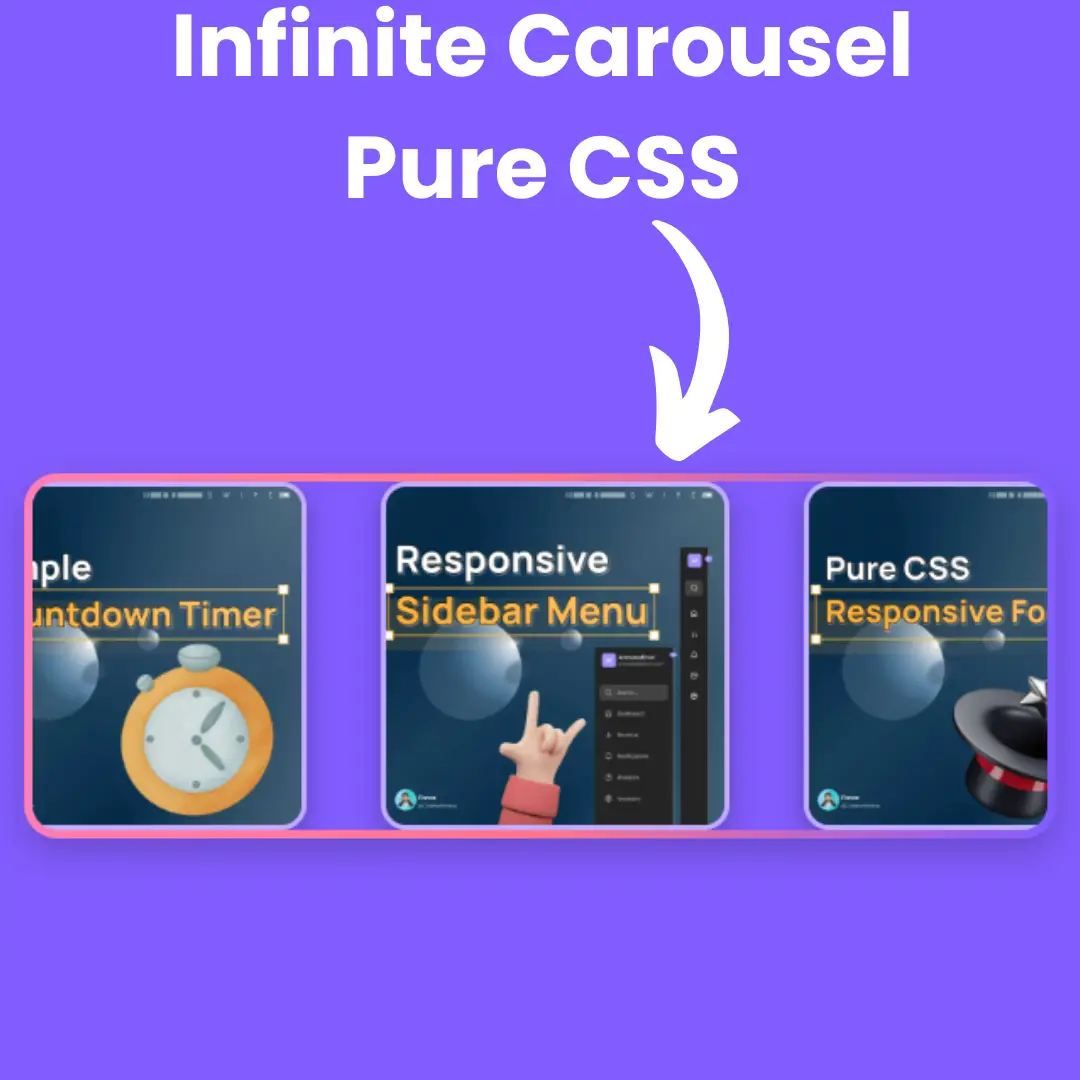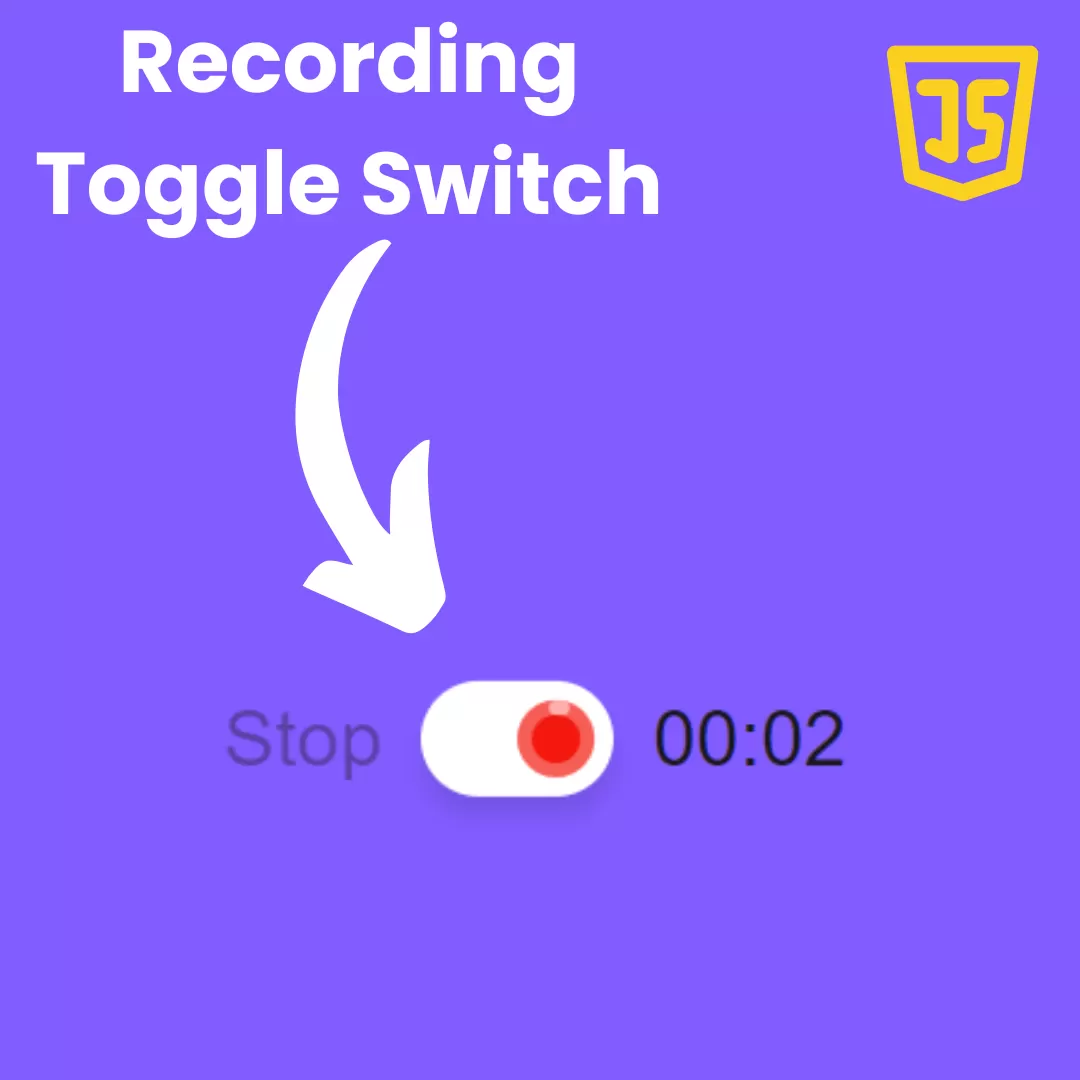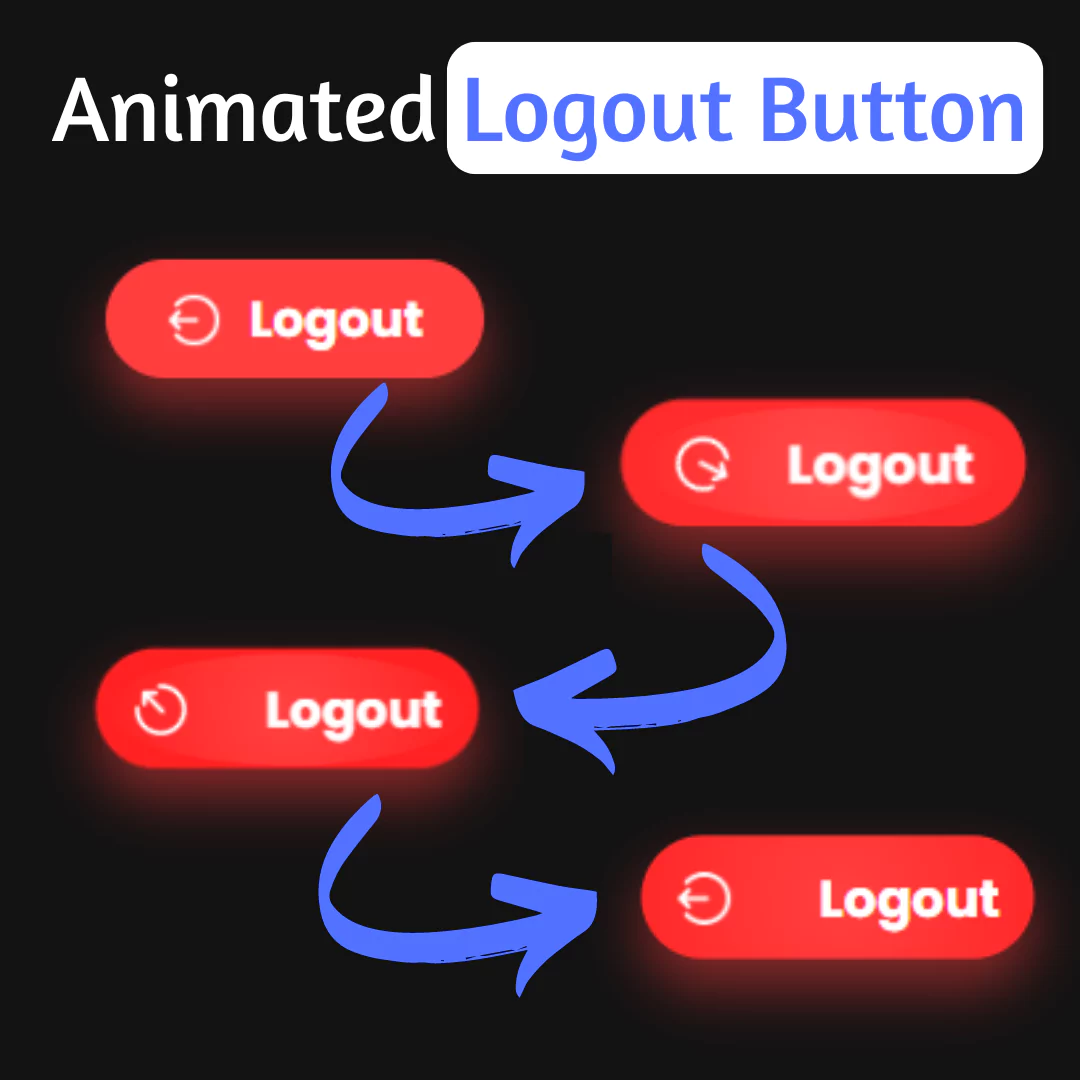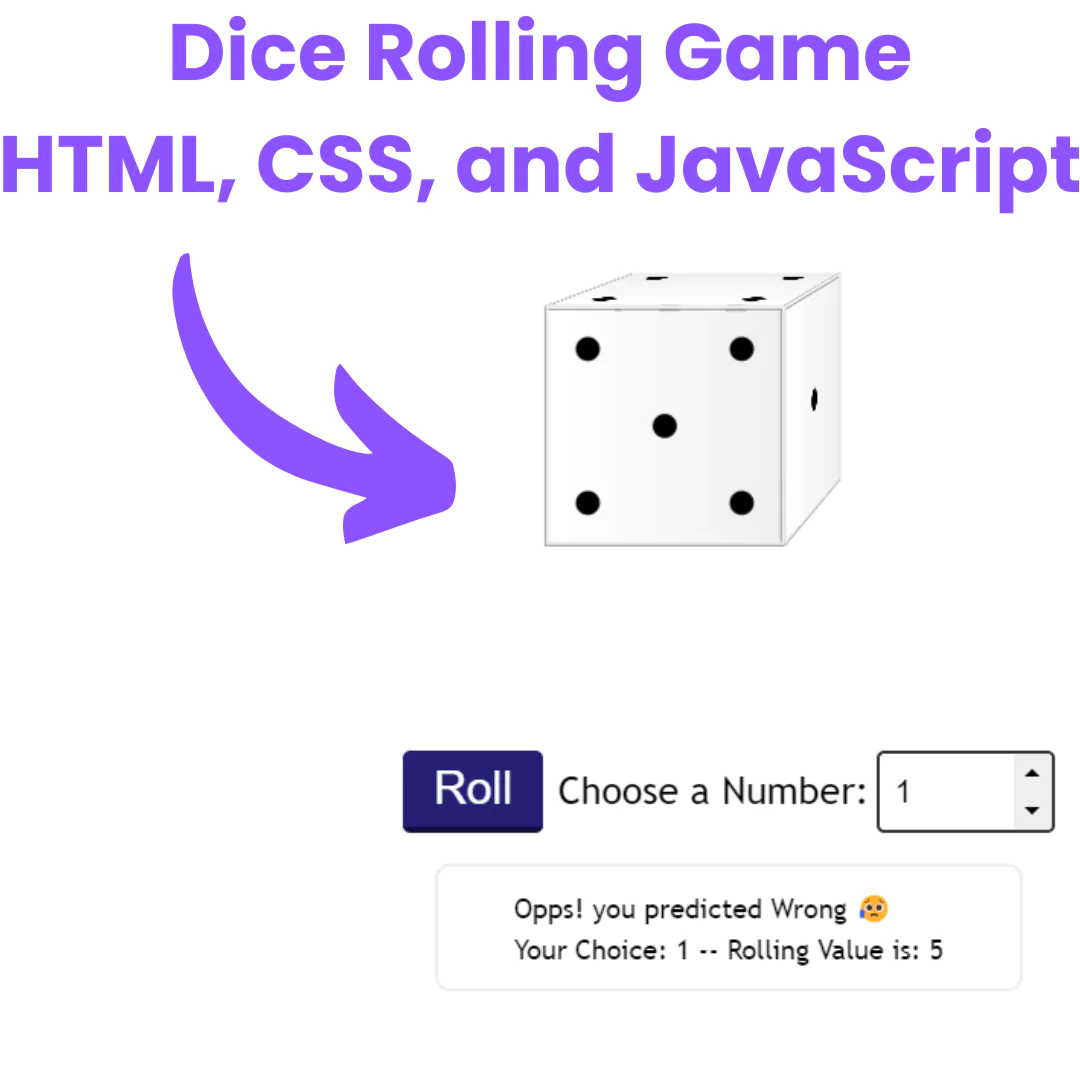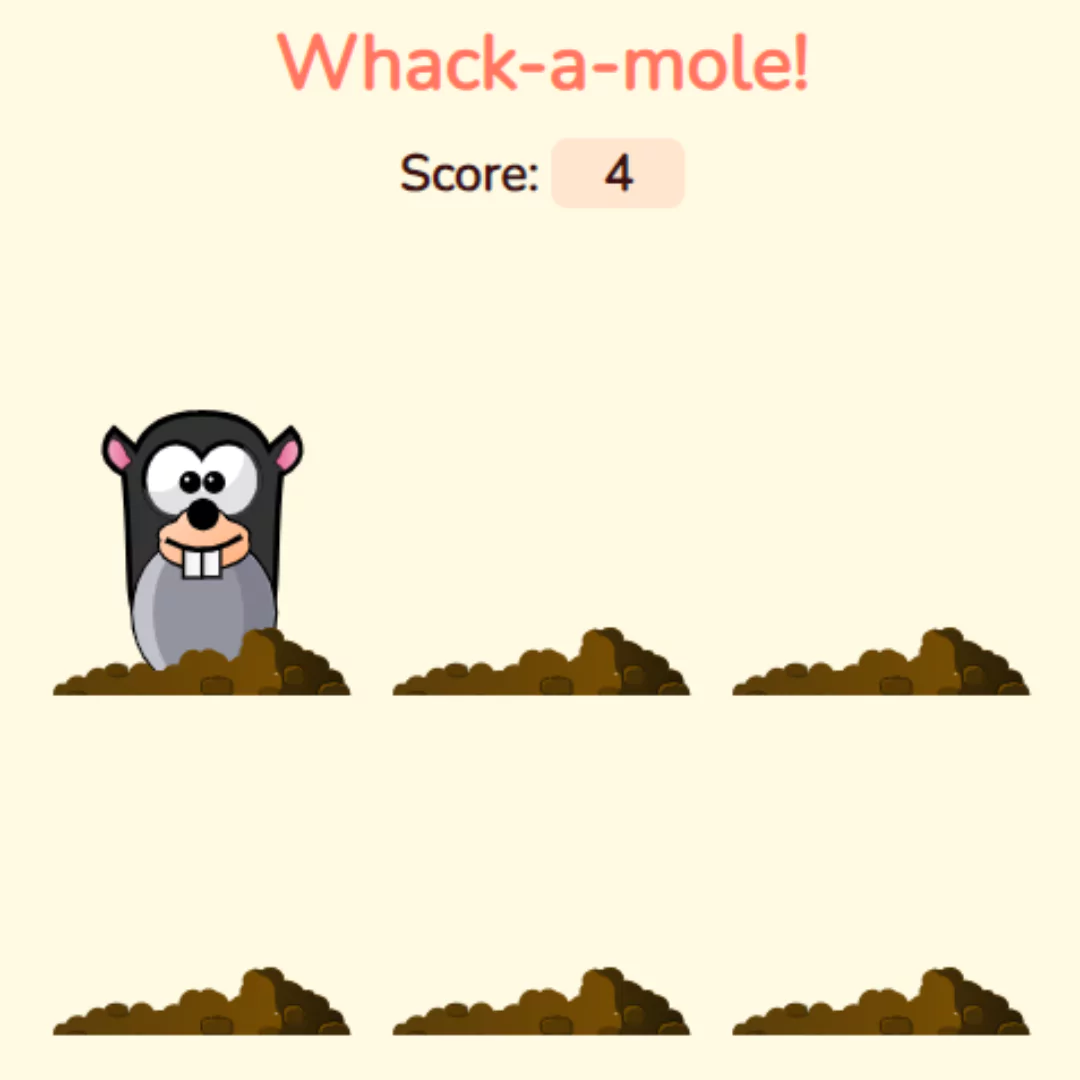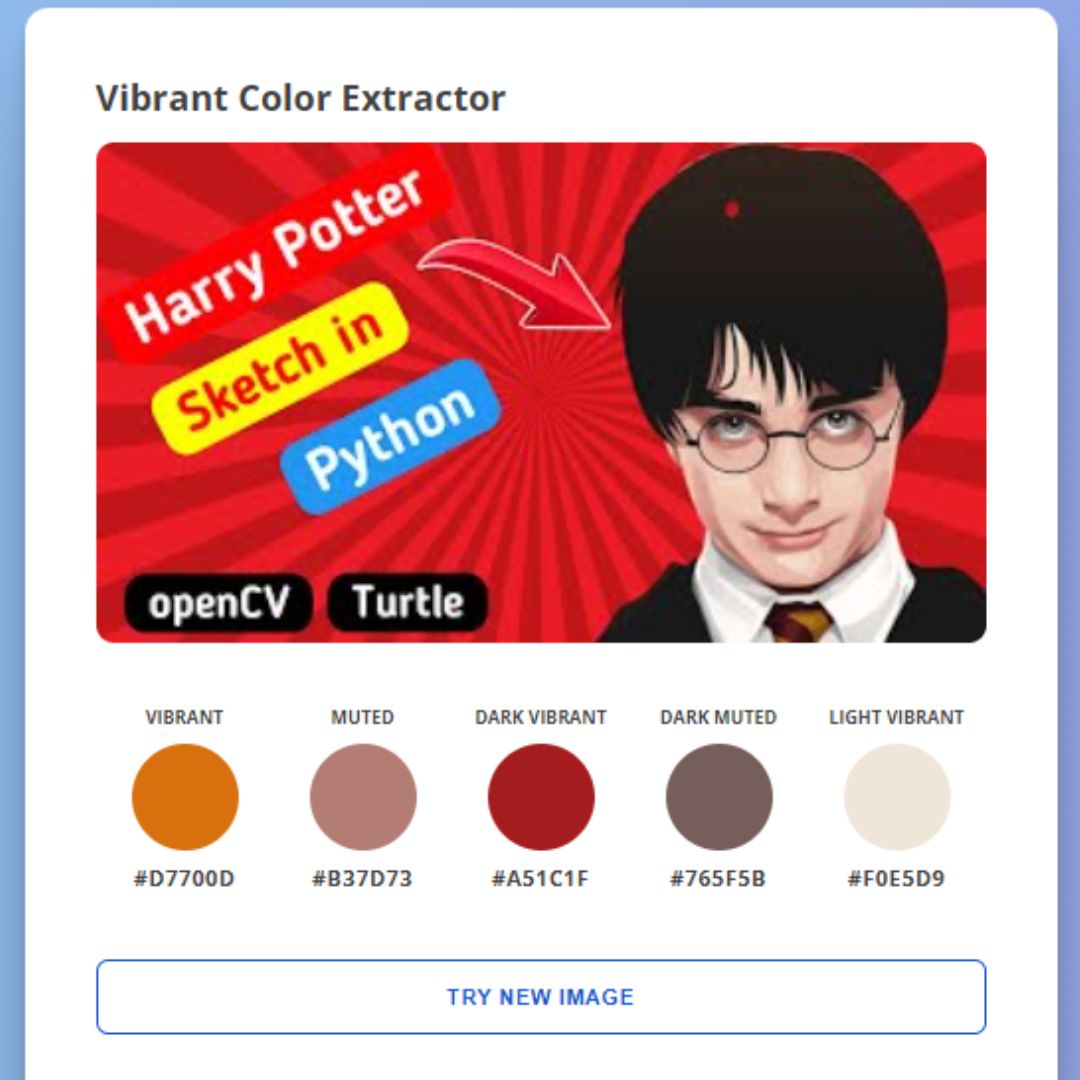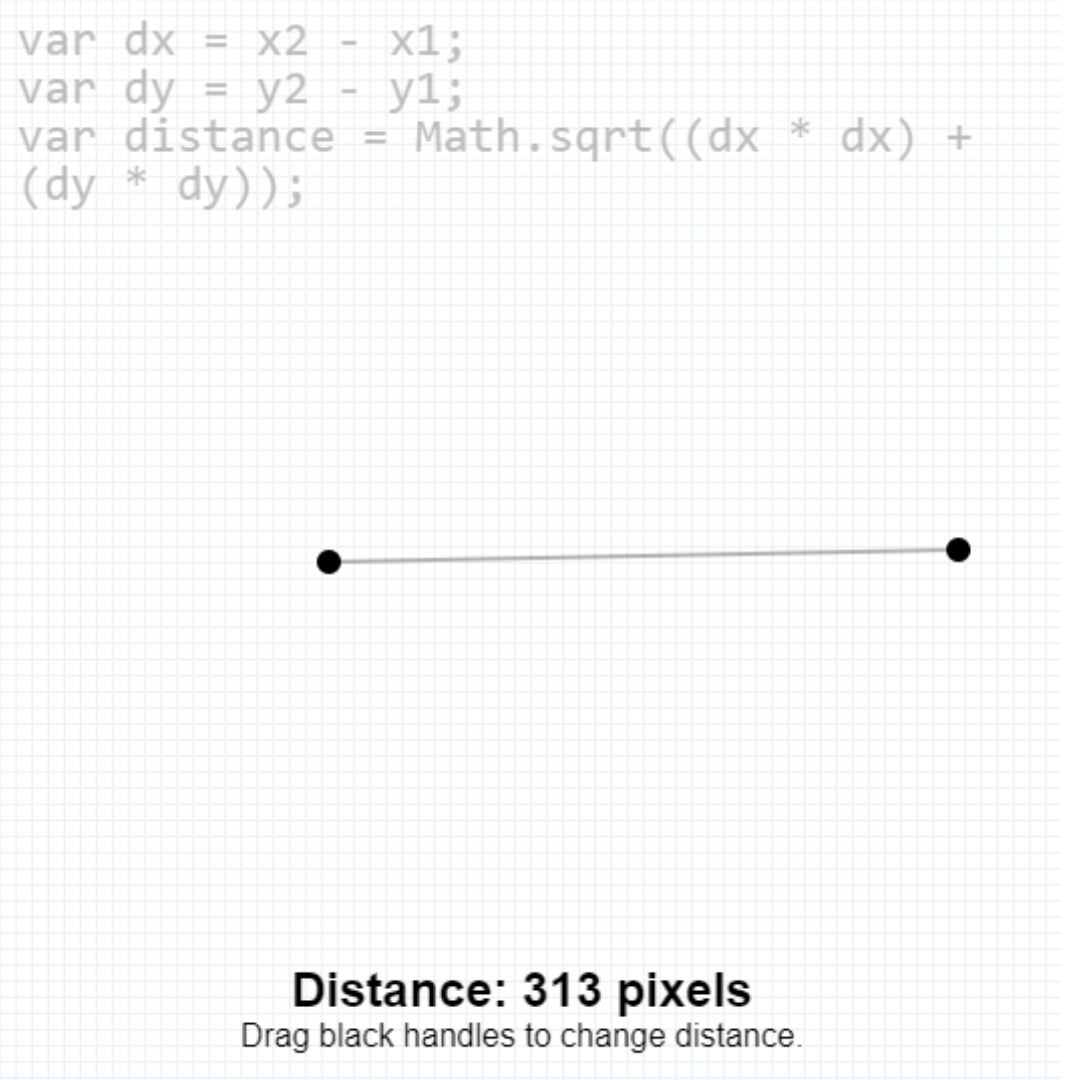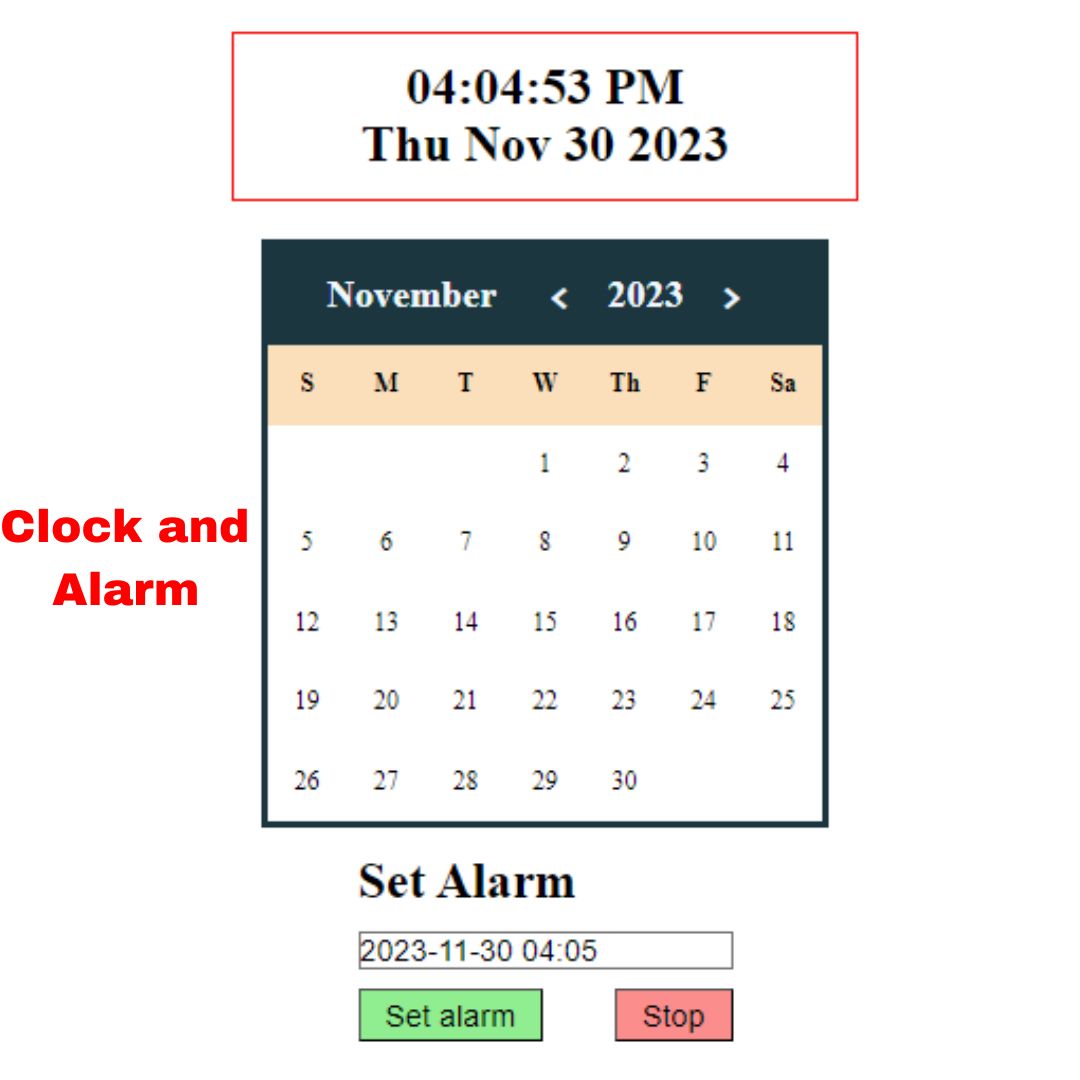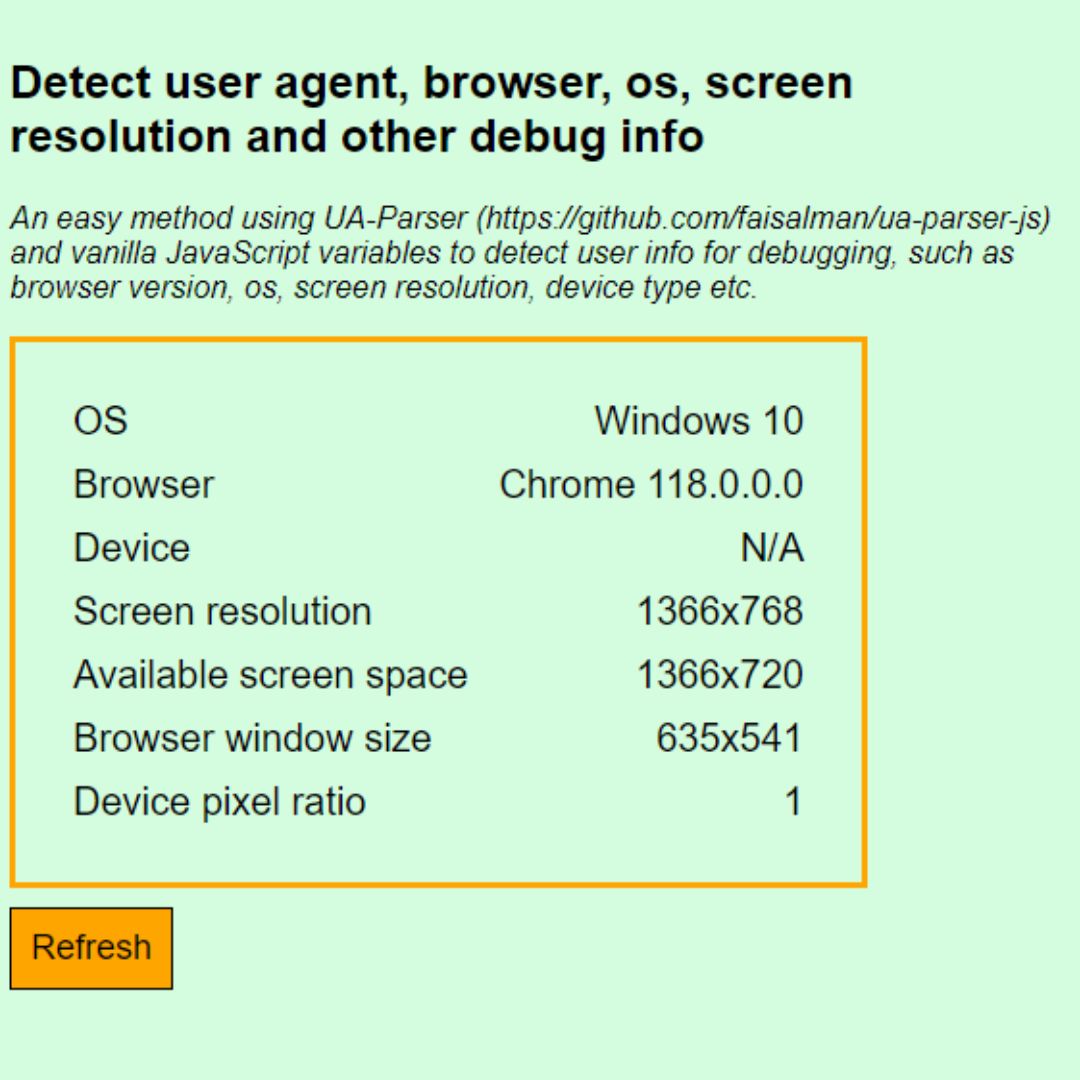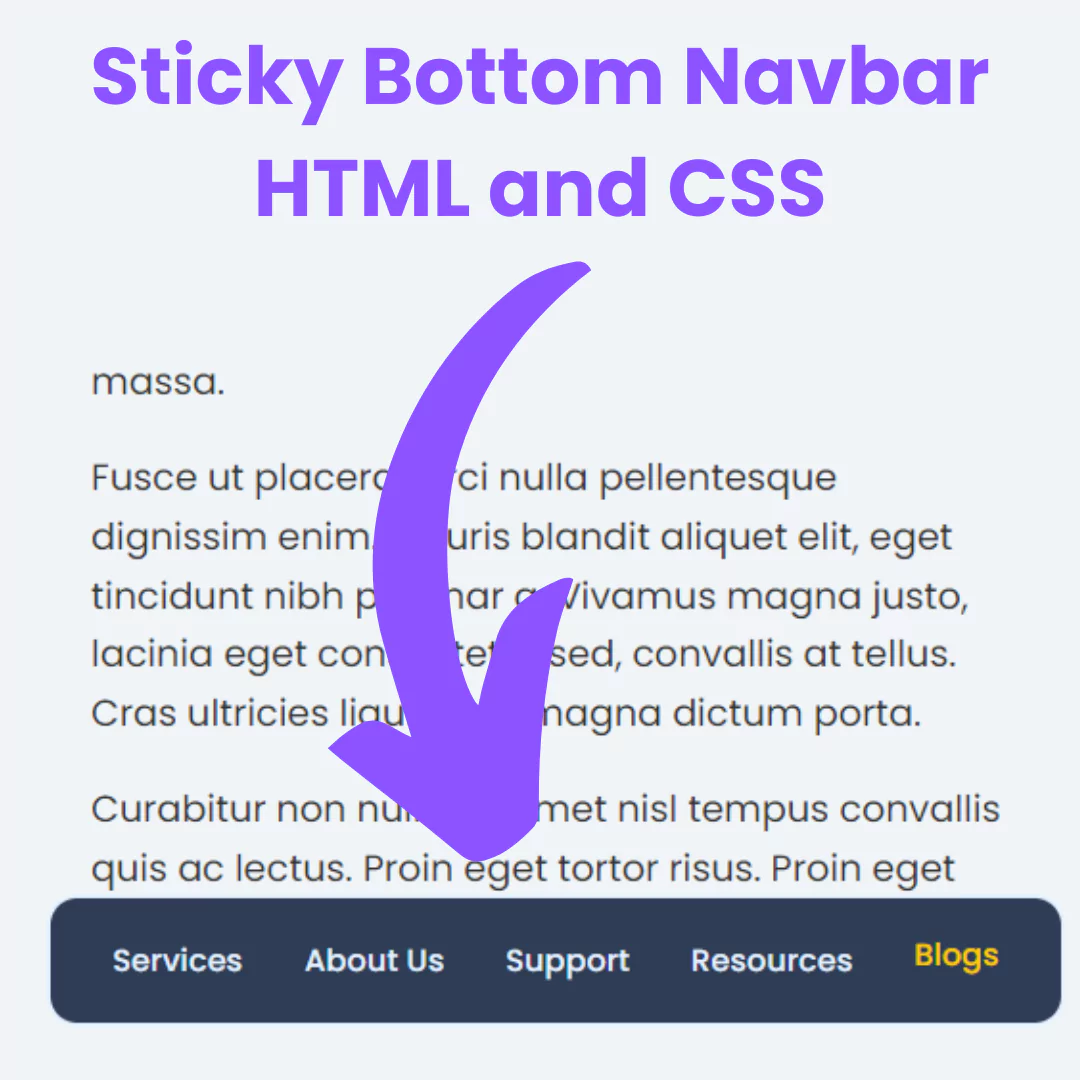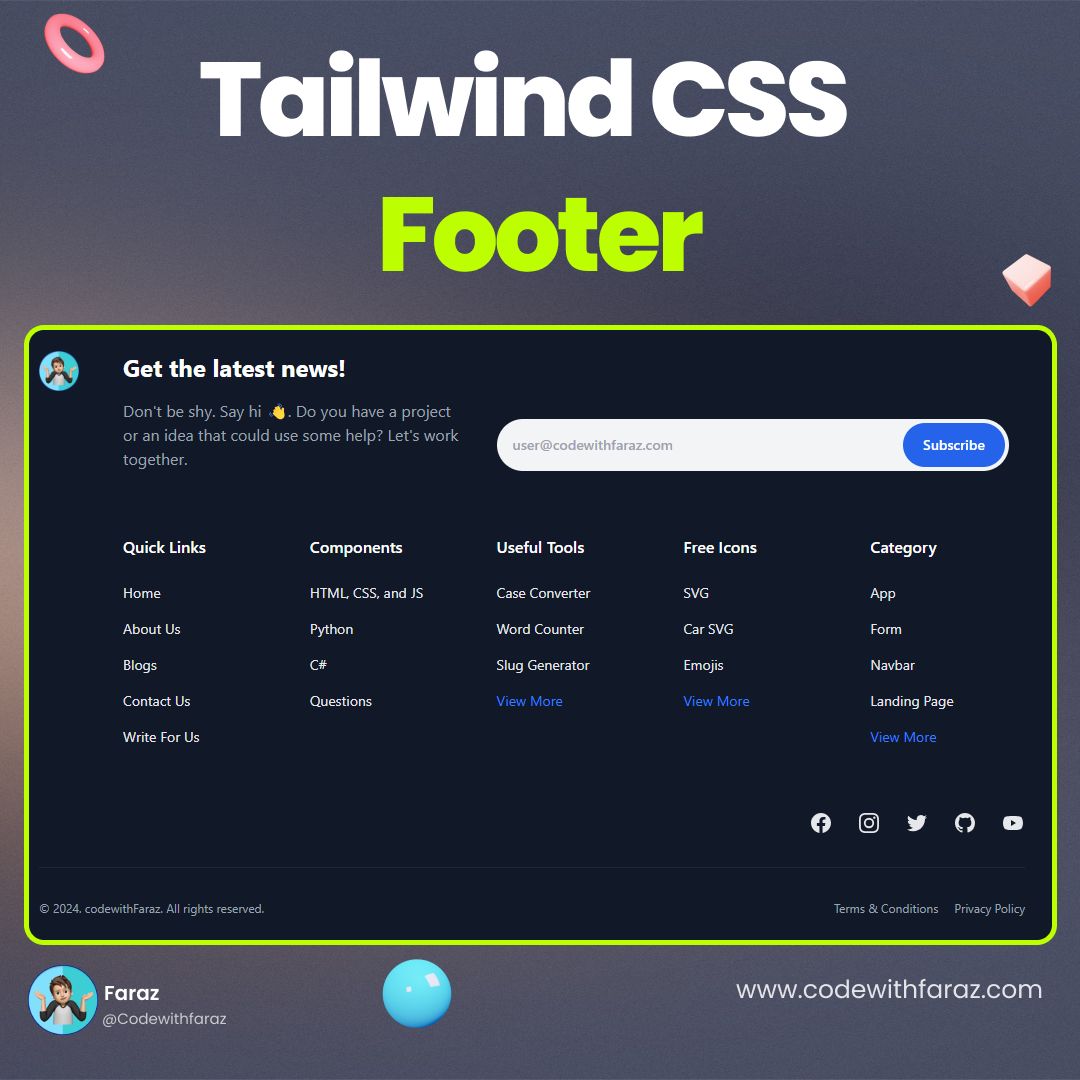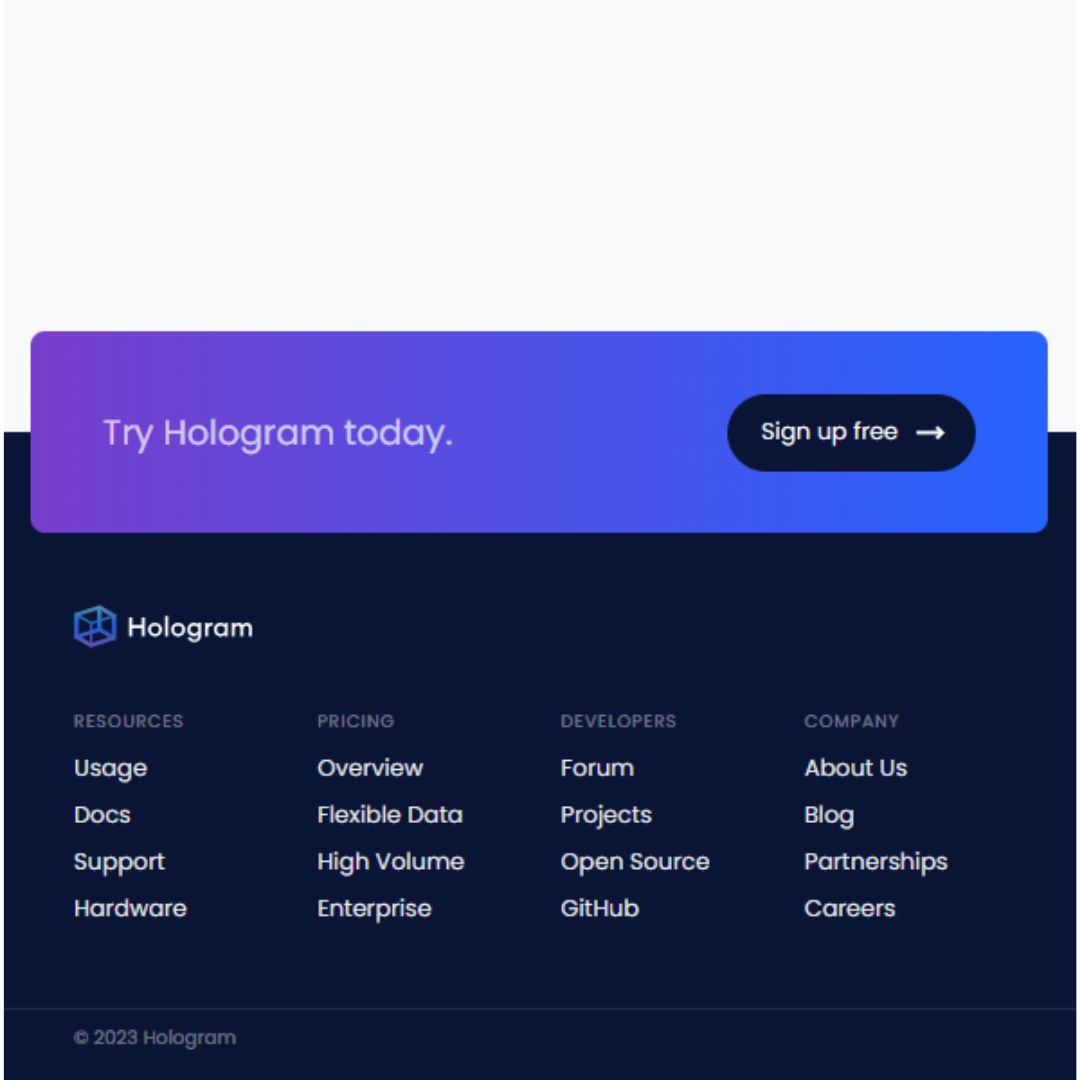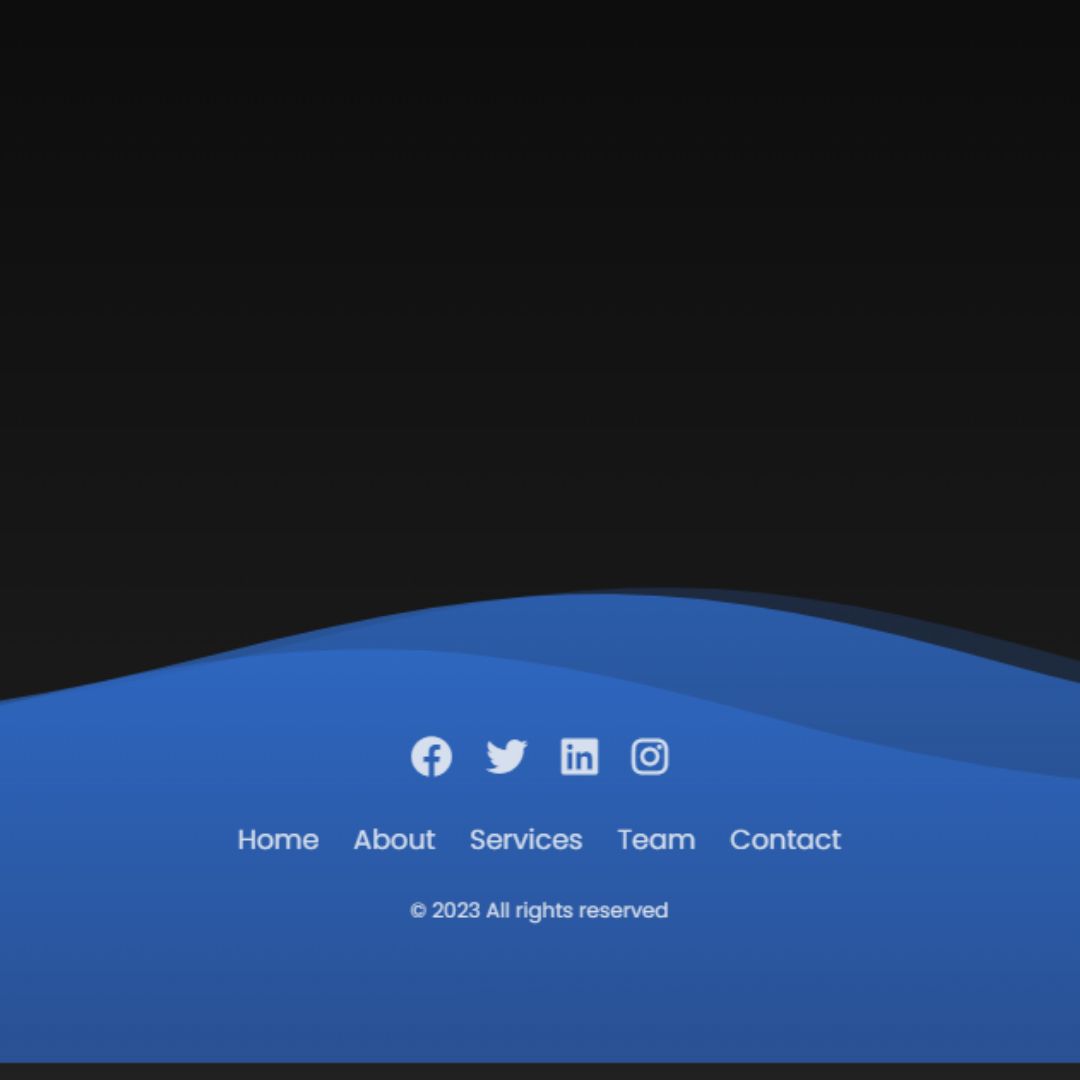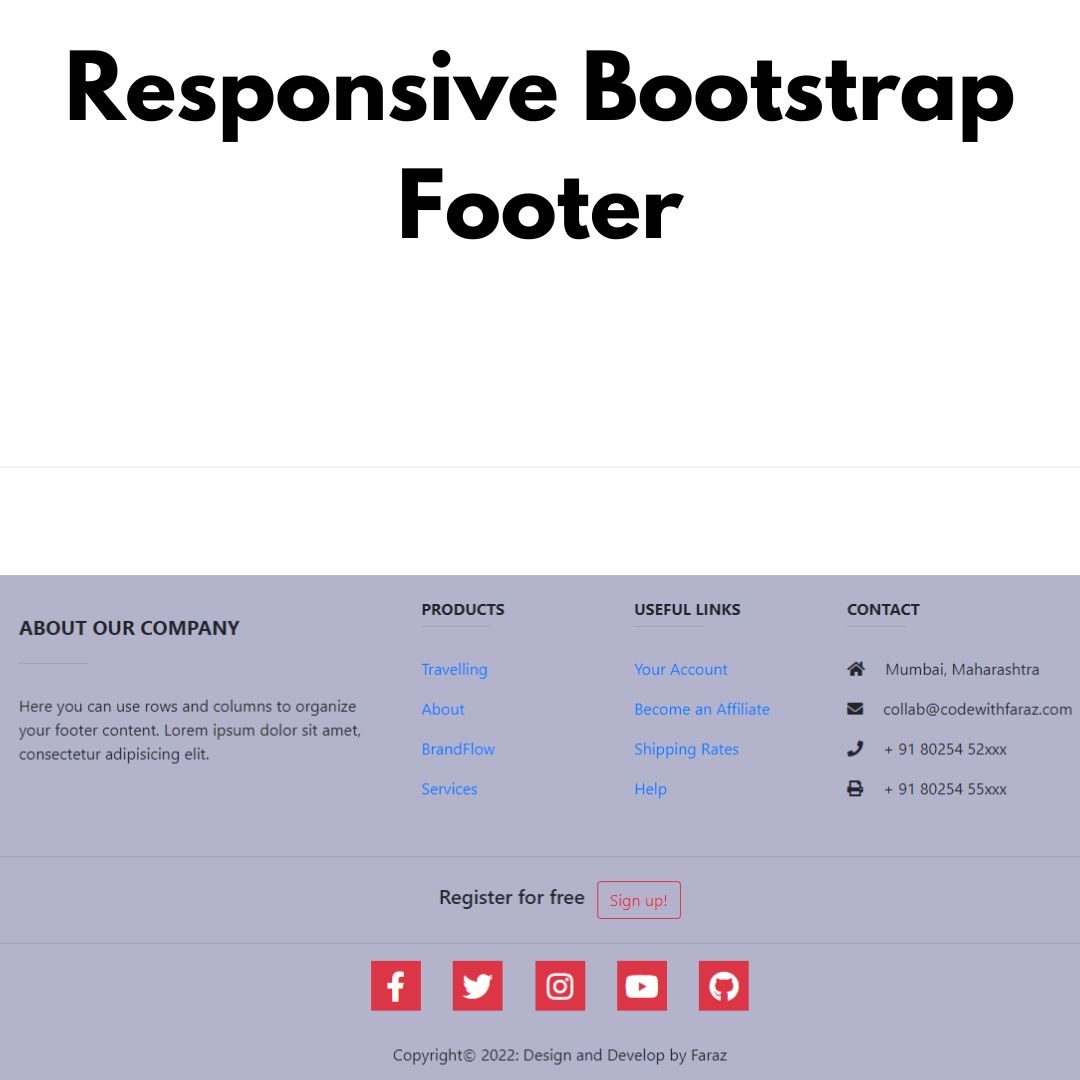Discover how to create your first Python application using PyCharm IDE. Step-by-step guide for beginners to start coding in Python.

Are you eager to start coding in Python but unsure where to begin? Look no further! In this comprehensive guide, we'll walk you through creating your first Python application using PyCharm. Whether you're new to programming or switching from another language, this step-by-step tutorial will set you on the right path. Let's dive in!
Table of Contents
- Introduction to Python Development with PyCharm
- Why Choose Python and PyCharm?
- Getting Started with Python
- Getting Started with PyCharm
- Writing Your First Python Code
- Debugging Your Application
- Building and Distributing Your Application
- Exploring Python Concepts and Features
- FAQs
- Conclusion
Introduction to Python Development with PyCharm
Python is a popular programming language known for its simplicity and versatility. It is widely used in various domains, including web development, data analysis, and automation. PyCharm, developed by JetBrains, is an integrated development environment (IDE) specifically designed for Python. It provides a powerful set of tools and features to streamline the development process. In this article, we will guide you through the steps of creating your first application in Python using PyCharm.
Why Choose Python and PyCharm?
Before we dive into the nitty-gritty of creating your first application, let's briefly touch upon why Python and PyCharm are excellent choices for your development endeavors.
Python is a versatile and beginner-friendly programming language that offers an extensive range of libraries and frameworks. It has gained tremendous popularity due to its simplicity, readability, and the vast community support it enjoys. Python's clean syntax allows developers to write code that is both concise and expressive, making it a go-to language for various domains such as web development, data analysis, machine learning, and more.
PyCharm, developed by JetBrains, is an exceptional IDE that provides a rich set of tools and features specifically tailored for Python development. With its intelligent code editor, powerful debugging capabilities, and seamless integration with version control systems, PyCharm simplifies the development process and boosts productivity. Whether you are working on a small script or a large-scale project, PyCharm's robust features make it an indispensable tool for Python developers.
Getting Started with Python
Installing Python

To install Python, follow these steps:
- Go to the official Python website at www.python.org.
- Click on the "Downloads" tab.
- Choose the appropriate version of Python for your operating system (e.g., Windows, macOS, or Linux) and click on the download link.
- Once the download is complete, locate the downloaded file and run the installer.
- Follow the installation wizard's instructions to install Python.
- During the installation process, you may be asked to customize the installation options. You can typically leave the default settings unless you have specific requirements.
- After the installation is complete, you should have Python installed on your computer.
- To verify the installation, open a command prompt or terminal and type "python" (without quotes). If Python is installed correctly, you should see the Python interpreter starting, displaying the version number and some other information.

Getting Started with PyCharm
Setting Up PyCharm
To begin our journey of creating your first Python application, let's set up PyCharm on your machine. Follow the steps below to get started:
Step 1: Download and Install PyCharm

Visit the official PyCharm website at https://www.jetbrains.com/pycharm and download the appropriate version for your operating system. Once the download is complete, run the installer and follow the on-screen instructions to install PyCharm.
Step 2: Configure PyCharm
Upon launching PyCharm for the first time, you will be prompted to configure your preferences. Set your desired color scheme, keymap, and other settings according to your preferences. PyCharm provides several customization options, allowing you to tailor the IDE to your liking.
Step 3: Create a New Project
After configuring PyCharm, let's create a new project. Follow these steps:

- Click on "Create New Project" in the PyCharm welcome screen.
- Choose a location for your project and give it a name.
- Select the Python interpreter you wish to use. If you haven't installed Python yet, PyCharm allows you to do so directly from the IDE.
- Click on "Create" to finish creating your new project.

Congratulations! You have successfully set up PyCharm on your machine and created your first project. Now, let's move on to writing your first Python code.
Writing Your First Python Code
In this section, we will write a simple "Hello, World!" program to get you acquainted with Python programming in PyCharm. Follow the steps below:
Step 1: Create a New Python File

To create a new Python file, follow these steps:
- Right-click on your project in the project explorer.
- Navigate to "New" > "Python File."
- Enter a name for your Python file, such as "my_first_app.py."
- Click "OK."

Step 2: Write the Code
Now that you have a Python file, it's time to write your application code. Open the file in the PyCharm editor and start coding. Let's write a simple "Hello, World!" program as an example:
print("Hello, World!")
Save the file by pressing "Ctrl + S" or going to "File" > "Save."
Step 3: Run the Code
To execute your code and see the output, right-click anywhere in the editor and select "Run 'my_first_app'". You should see the output "Hello, World!" displayed in the console.

Congratulations! You have written and executed your first Python code in PyCharm. From here, you can explore and experiment with the endless possibilities Python offers.
Debugging Your Application
A. Setting breakpoints in PyCharm:
- Click on the left-hand gutter of the code editor to set a breakpoint.
- Run the application in debug mode by selecting "Debug (filename).py".
B. Stepping through the code:
- Use the debugging toolbar to step through the code line by line.
- Analyze variables and their values to identify and fix issues.
C. Inspecting variables and values:
- While debugging, hover over variables to see their current values.
- Use the "Watches" window to monitor specific variables throughout the debugging process.
Building and Distributing Your Application
A. Creating an executable file:
- Install the PyInstaller package using pip.
- Open a terminal within PyCharm and navigate to your project directory.
- Run the command "pyinstaller --onefile (filename).py" to create an executable file.
B. Packaging the application for distribution:
- Create a new folder and copy the executable file into it.
- Include any necessary files or resources needed by your application.
C. Sharing the application with others:
- Compress the folder containing the executable and resources into a ZIP file.
- Distribute the ZIP file to others, along with instructions for running the application.
Exploring Python Concepts and Features
Python is known for its simplicity and readability, making it an excellent choice for beginners. As you progress in your Python journey, it's essential to explore various concepts and features to expand your knowledge. Some key areas to focus on include:
- Variables and Data Types: Learn how to store and manipulate different types of data in Python, such as numbers, strings, lists, and dictionaries.
- Control Flow: Understand how to use if statements, loops, and other control structures to control the flow of your program.
- Functions: Discover the power of functions, which allow you to reuse code and make your programs more modular.
- Libraries and Modules: Python has a vast ecosystem of libraries and modules that extend its capabilities. Explore popular libraries such as NumPy, Pandas, and Matplotlib to enhance your data analysis and visualization skills.
- Error Handling: Learn how to handle exceptions and errors gracefully to ensure robustness in your code.
- File Handling: Master the techniques of reading from and writing to files, which are essential for working with external data.
FAQs
Q: Do I need prior programming experience to follow this tutorial?
A: No, this tutorial is designed for beginners. It assumes no prior programming knowledge and explains concepts step-by-step.
Q: Can I use PyCharm on different operating systems?
A: Yes, PyCharm is available for Windows, macOS, and Linux, making it accessible for developers on various platforms.
Q: Are there any alternative IDEs for Python development?
A: Yes, there are other IDEs available, such as Visual Studio Code and Atom. However, PyCharm's comprehensive set of features makes it a popular choice among developers.
Conclusion
Congratulations on reaching the end of this comprehensive guide on creating your first Python application with PyCharm. We have covered the essential steps, from setting up PyCharm to writing your first Python code. Remember to explore Python's vast ecosystem of libraries and frameworks to unlock its full potential.
With the knowledge and skills gained from this article, you are well on your way to becoming a proficient Python developer. Keep practicing, experimenting, and building exciting applications. The possibilities with Python are limitless.
That’s a wrap!
Thank you for taking the time to read this article! I hope you found it informative and enjoyable. If you did, please consider sharing it with your friends and followers. Your support helps me continue creating content like this.
Stay updated with our latest content by signing up for our email newsletter! Be the first to know about new articles and exciting updates directly in your inbox. Don't miss out—subscribe today!
If you'd like to support my work directly, you can buy me a coffee . Your generosity is greatly appreciated and helps me keep bringing you high-quality articles.
Thanks!
Faraz 😊
.jpg)

